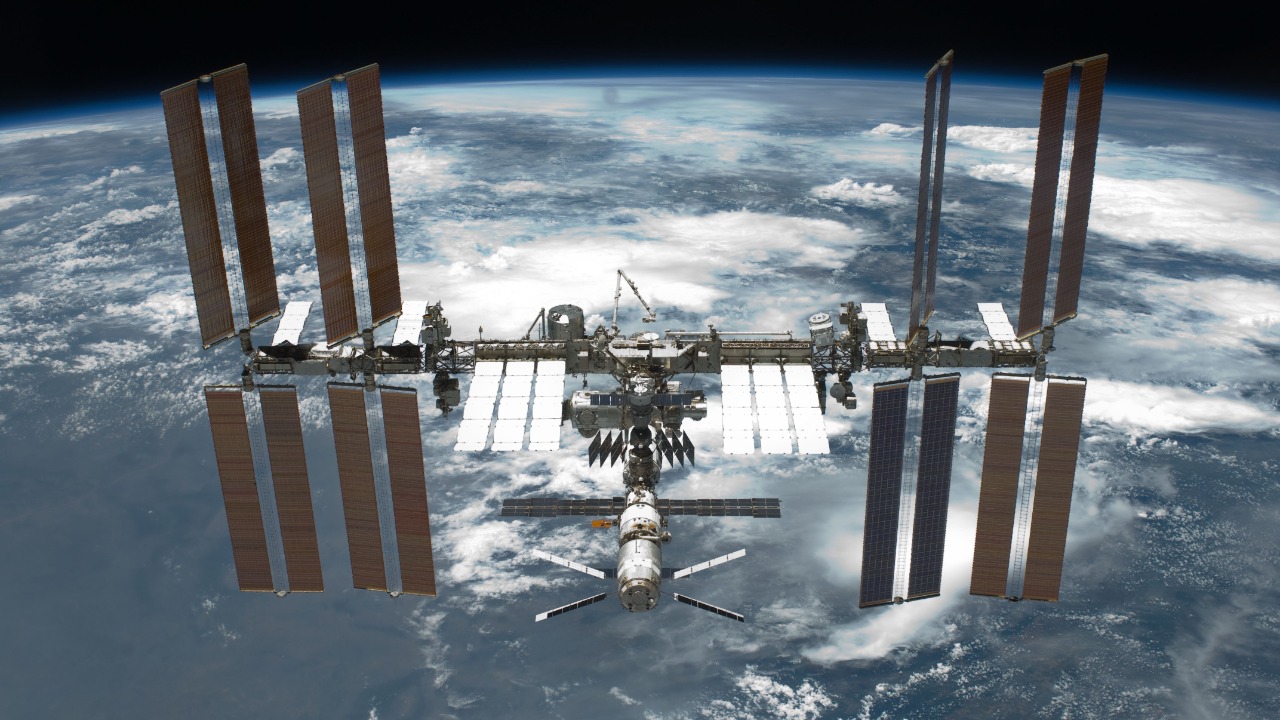
NASA is preparing to bid farewell to the International Space Station (ISS) in 2030, marking the end of an era of international collaboration in low-Earth orbit. This transition will usher in a new phase of space exploration, dominated by commercial space stations. Companies such as Axiom Space and Blue Origin are already developing successors to the ISS, ensuring continuous access for research and operations while NASA shifts its focus to deeper space exploration.source
The Legacy of the International Space Station
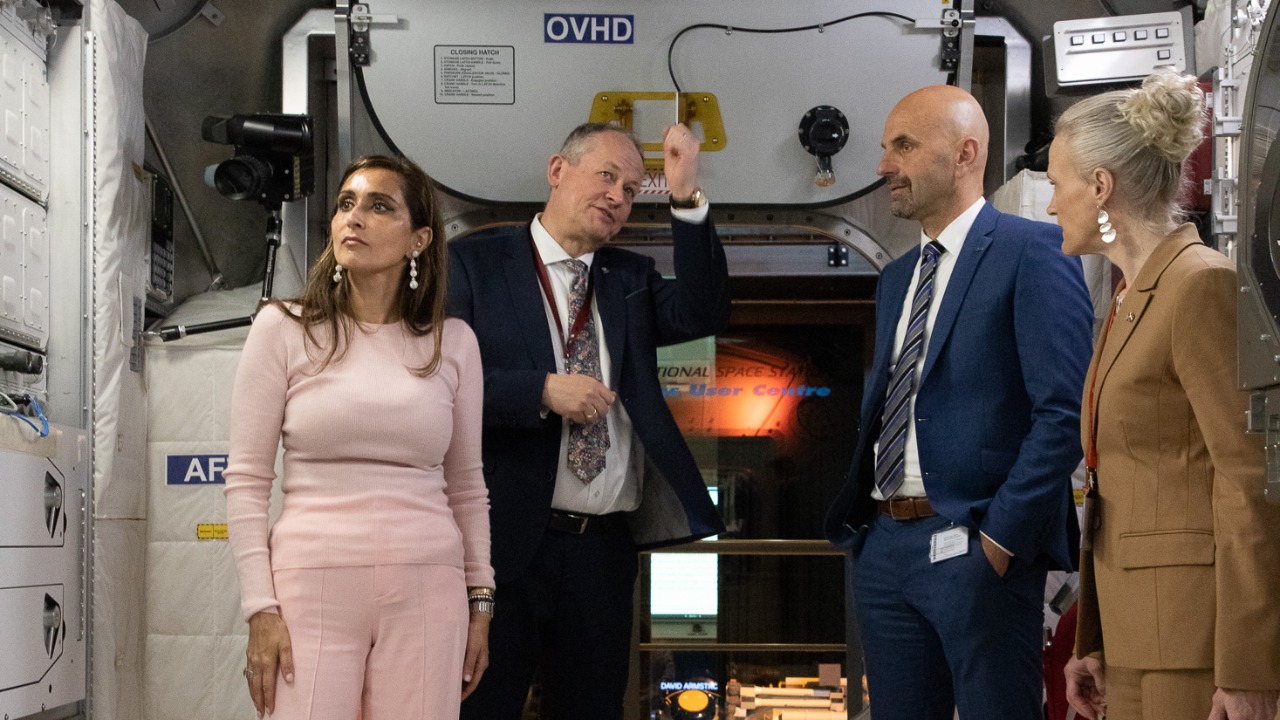
The construction of the ISS began in 1998, a monumental project that brought together NASA, Roscosmos, the European Space Agency, Japan Aerospace Exploration Agency, and the Canadian Space Agency. This international collaboration enabled the execution of over 3,000 experiments in microgravity, contributing significantly to our understanding of life in space.
Key milestones include the first crewed mission in 2000, which set the stage for over two decades of continuous human presence in space. The ISS has played a pivotal role in advancing biotechnology, materials science, and human health research. The station’s international partnerships, established under the 1998 Intergovernmental Agreement, have fostered global cooperation in space exploration, even amidst geopolitical tensions on Earth.
Reasons for Retiring the ISS in 2030
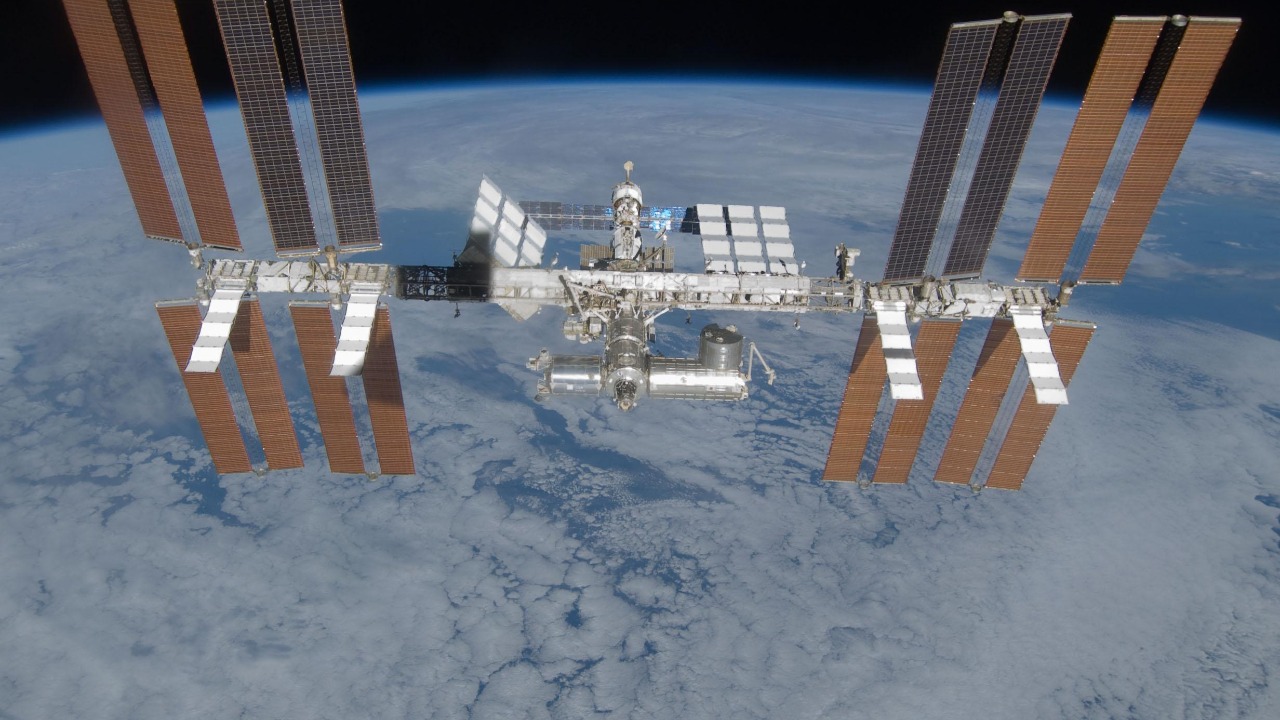
NASA’s decision to retire the ISS in 2030 is primarily due to the station’s aging infrastructure. Some modules are over 25 years old, posing increasing maintenance risks and costs that exceed $3 billion annually. The original design life of the ISS was 15 years, but it has been extended multiple times due to the station’s importance and the lack of a ready successor.
The 2030 retirement aligns with NASA’s Artemis program priorities, which aim to return humans to the Moon and eventually send them to Mars. The U.S. government is committed to safely deorbiting the ISS to avoid creating space debris, as outlined in NASA’s transition plan announced in 2021.
The Planned Deorbiting of the ISS
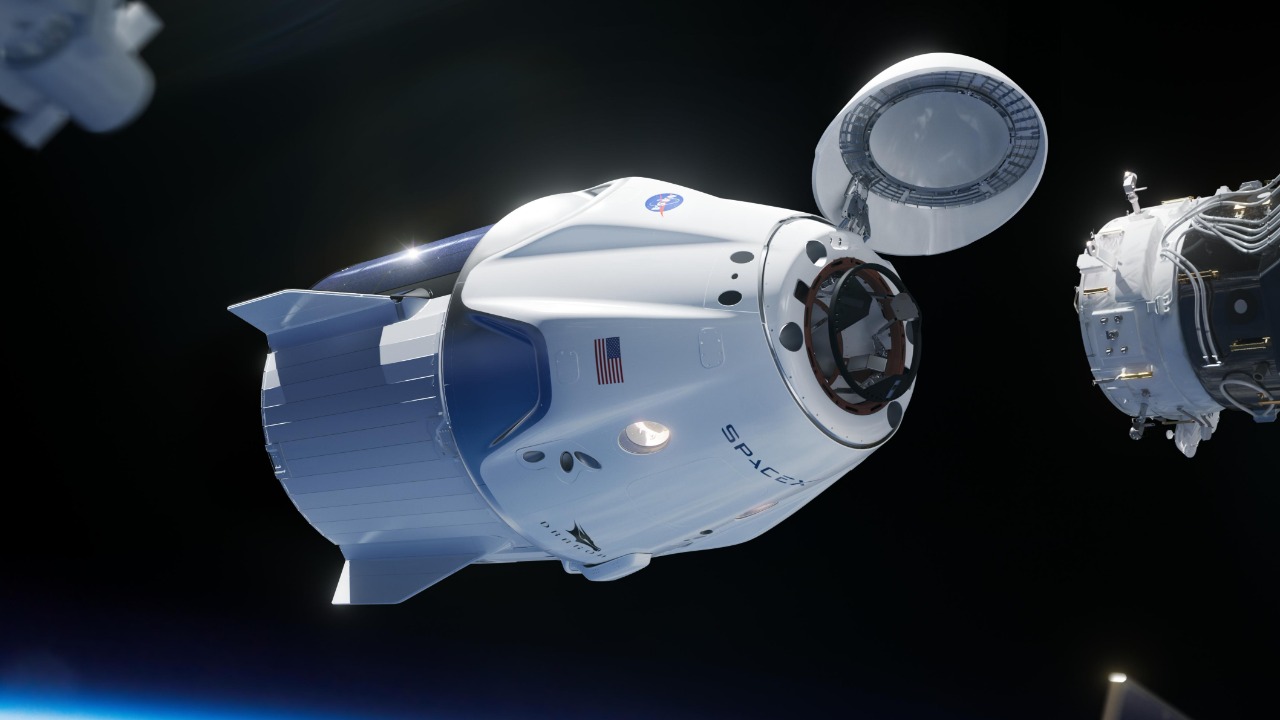
The deorbiting process will involve SpaceX using a U.S. Deorbit Vehicle, a modified Dragon spacecraft, to guide the 450-ton station into the Pacific Ocean’s Point Nemo in 2031. This will occur after the final crew departs the ISS in 2030. The process has been designed with safety as a paramount concern, with international consensus on controlled reentry to minimize risks to populated areas.
NASA awarded a $900 million contract to SpaceX in June 2024 for the deorbit mission, highlighting the agency’s trust in the private sector’s capabilities and its commitment to ensuring a safe and controlled end for the ISS.
Emergence of Commercial Space Stations

NASA’s Commercial Low Earth Orbit Development program, launched in 2021, has invested over $400 million in private companies to build successors to the ISS. The goal is to create a “vibrant low-Earth economy” by 2030, with NASA purchasing services from commercial platforms rather than owning them.
The transition timeline is designed to ensure that commercial stations will be operational by 2028, providing an overlap with the ISS before its retirement. This strategy aims to maintain continuous access to low-Earth orbit for research and operations.
Key Commercial Players and Their Projects
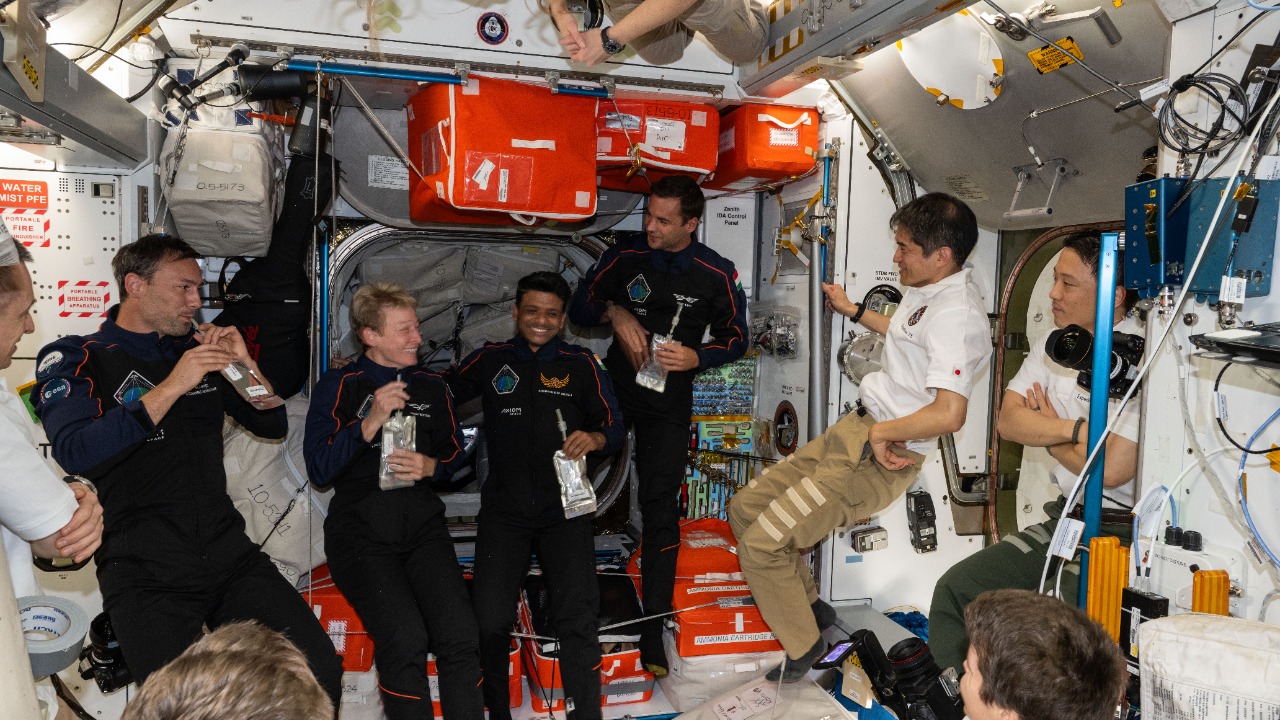
Axiom Space is developing the Axiom Station, which is planned for launch in 2026 as an extension to the ISS before becoming independent by 2028. The modules for the Axiom Station are being built in Houston, Texas, reflecting the growing role of the private sector in space exploration.
Blue Origin, in a joint venture with Sierra Space, is working on the Orbital Reef, a commercial space station set to begin operations in 2027. The Orbital Reef will focus on tourism, research, and manufacturing in low-Earth orbit. Other key players include Nanoracks (now part of Voyager Space) and Northrop Grumman’s Starlab, both targeting 2028 launches with NASA’s $415 million in funding shared among the four selected companies.
Benefits and Challenges of the Transition
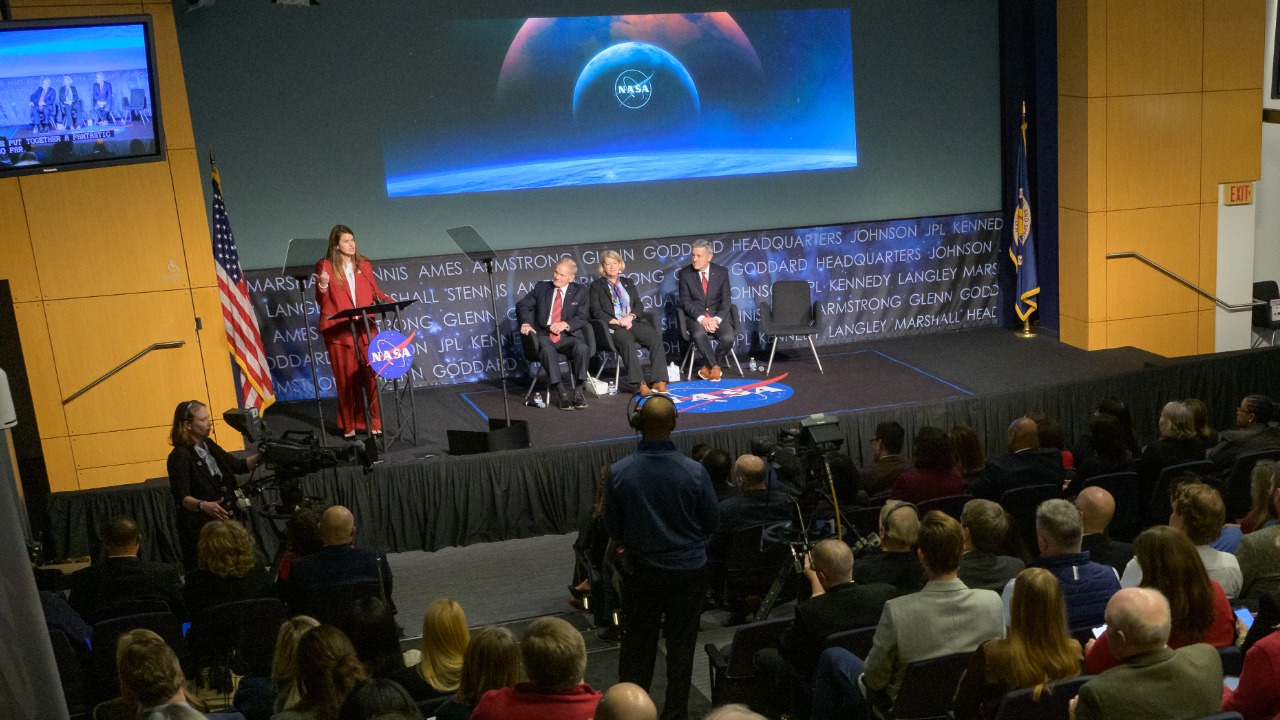
The transition to commercial space stations offers several benefits, including cost savings for NASA, estimated at $1.4 billion annually. It also opens up increased access for international partners and private entities, fostering a more inclusive and diverse space economy.
However, the transition also presents challenges. Ensuring a continuous U.S. presence in space could be jeopardized if commercial stations are delayed. There is also a need for new certification standards for private habitats. Despite these challenges, the transition offers opportunities for expanded research in areas like in-space manufacturing and space tourism, potentially generating billions in economic value.